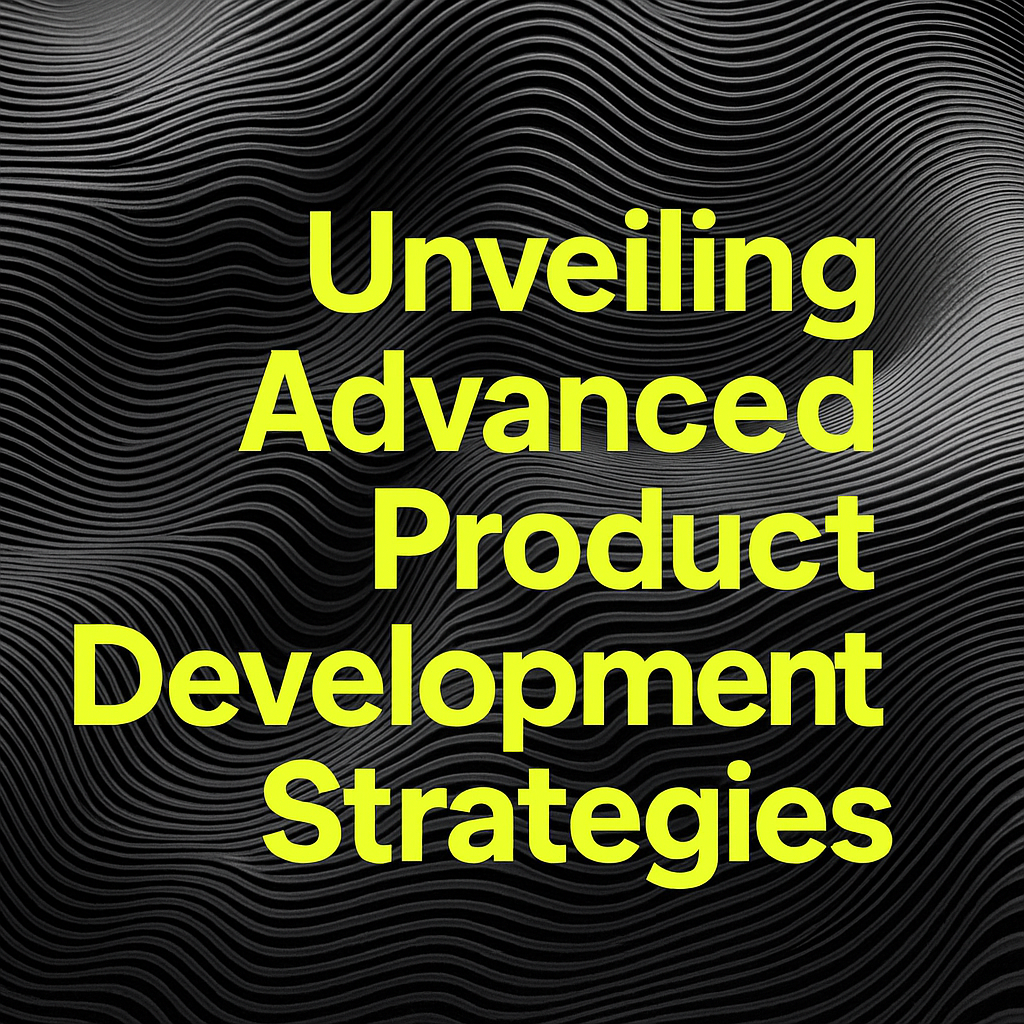Explore how AI is revolutionizing product development with practical implementation strategies and success stories. Discover tools and trends that define 2025.

Date: 2025-06-28
As we find ourselves deep into 2025, the landscape of product development has transformed dramatically. With AI stepping into the forefront, the methodologies we’ve traditionally depended on have been completely redefined. Let's unearth how businesses are leveraging AI to not only build aesthetically and functionally brilliant products but also achieve their strategic goals at unparalleled scales.
Artificial intelligence has swiftly moved from being a supporting actor in product development to taking the lead role. With the capability to analyze massive datasets, predict market trends, and automate mundane tasks, AI enables teams to focus on creativity and strategy. Take the case of AI-driven product ideation tools, such as IdeaFlow, which allow teams to generate and refine concepts in real-time. In this new era, speed is of the essence, and AI offers that competitive edge.
Consider the trailblazing journey of Sensify Technologies, a startup that leveraged AI not only for product development but also for predicting product-market fits. The company utilized AI algorithms to analyze customer feedback, leading to a precise roadmap and skyrocketing their user-engagement metrics by 40% within a year. Another worth-mentioning example is CraftWorks, which employed AI to streamline its collaborative platforms, reducing time-to-market by 30% and boosting morale across product development teams.
One of the fascinating trends of 2025 is the 'build in public' framework, championed by numerous startups aiming for transparency and real-time feedback. For instance, tech innovator, OpenBuild, takes potential users straight into their ideation phase livestreams, allowing for authentic feedback loops and community-driven enhancements. Executing this requires a robust digital platform and a culture willing to embrace open criticisms as growth opportunities.
The AI toolkit available for product teams is extensive and ever-evolving. Tools such as BlueprintAI have become indispensable, offering predictive analytics that facilitate more informed decision-making. These tools analyze past behavior and market conditions, enabling teams to steer their products in directions aligned more closely with consumer expectations. As a case study, leveraging BlueprintAI aided EcoTech in reducing operational costs by 15% while enhancing user satisfaction scores.
Integration of AI in agile methodologies has proven to be a game-changer. AI aids in sprint planning by suggesting adjustments based on prior project data. Task Horizon, a global logistics enterprise, demonstrates how AI incorporated into their agile framework led to highly efficient sprints, cutting down backlog and driving more frequent iteration releases.
If there’s one takeaway from 2025’s product development innovations, it’s that the fusion of AI in various dimensions of product strategy is no longer optional but requisite. As we stand on the cusp of technological evolution, the question isn’t whether to integrate AI, but when and how strategically to maximize its potential. To catapult your product development process into the future, it's time to examine your current strategies and embrace the AI tools of tomorrow.
Call to Action: Join our upcoming webinar on AI-Powered Product Building Strategies to discover more actionable insights from industry leaders and innovators, and take your product development to new heights!